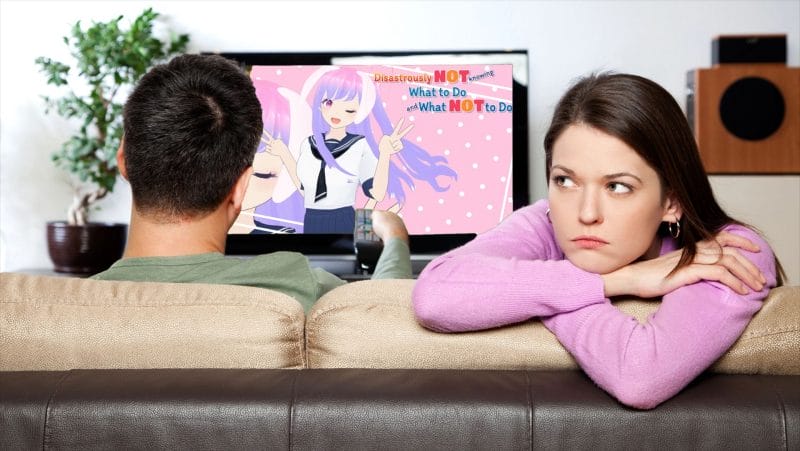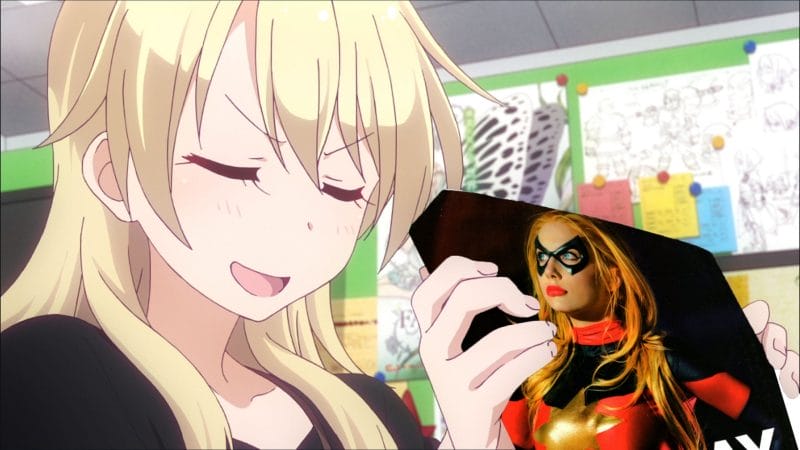In this day and age, it’s impossible to deny that Japan’s actions during World War II were anything short of horrifying. The Massacre of Nanjing, forced sexual slavery through the practice of keeping comfort women, and human experimentation done by Unit 731, are but a few examples of the atrocities Japan committed against Chinese citizens during the events leading up to and throughout the war, resulting in strained relations between the two nations. Despite this, the Chinese government graciously allowed the repatriation of all troops from Japan following the war. However, pressure from the United States Government resulted in the Japanese government unequivocally refusing to recognize the People’s Republic of China in the Yoshida Letter due to its communist ties, pushing tensions further.
This continued until the resignation of Prime Minister Eisaku Sato in 1971, resulting in the election of Prime Minister Kakuei Tanaka. One of Prime Minister Tanaka’s top priorities was to finally repair relations between Japan and China. The first steps toward doing this were made on September 29, 1972, when the Joint Communique of the Government of Japan and the Government of the People’s Republic of China was signed following a meeting between Takana and Chinese premier Zhou Enlai. The agreement finally established proper diplomatic relations between the two nations.
This moment of intercountry diplomacy would surprisingly cause a ripple effect that would not only change the anime industry forever, but would be felt across the global media landscape for years to come.
Several diplomatic forms of cultural exchange occurred after the Joint Communique was signed. Arguably one of the most historically important and influential of these exchanges, though, was when China allowed a pair of giant pandas—Kang Kang and Lan Lan— to take up residency at the Ueno Zoo in 1972 as an act of panda diplomacy. This sparked “a ‘China fever’ in Japan,” according to Toshimitsu Doi, the former director of Ueno Zoological Gardens. Police were forced to clear a path from the Haneda airport where the giant pandas arrived at the zoo, as the crowds that had formed were so massive. 1973 marked a record high 9.2 million visitors to the Ueno Zoological Gardens all thanks to these two friendship envoys from China.
Although three men who would go on to become legends in the anime industry had just struck out on an attempt to adapt Astrid Lindgren’s Pippi Longstocking into a TV anime series, they noticed the panda craze sweeping Japan and decided to take advantage. Yōichi Kotabe, Isao Takehata, and Hayao Miyazaki decided to reexamine the story and change elements so it could be reworked into the short film Panda! Go, Panda! which became so successful they were able to create a sequel, Panda! Go, Panda!: Rainy Day Circus, just one year later. That sequel directly competed against Toei Animation’s own panda-related feature, titled The Panda’s Great Adventure, as they both released on the same day in theaters.
Considering Toei had notoriously refused to allow Takahata to direct ever again after Horus: Prince of the Sun flopped in theaters due to severe production issues inspiring a haphazard theatrical release, this head-to-head battle was a minor but epic battle in anime history. The crew working for A Productions had already beaten Toei to the punch of monetizing the panda craze a full year prior, which proved to be a major win. The character designs and the movie’s story in general deeply influenced the massively successful My Neighbor Totoro years later, and Miyazaki also continued to reference the panda films in his future works. Both of these actions would keep these two movies culturally relevant far longer than The Panda’s Great Adventures. Still, the competing films both saw success and were released internationally in many regions.
The panda boom of anime was influential, if a bit short, only managing to last across two years and three films. However, it paved the way for an even larger moment of fluffy soft diplomacy to sweep over Japan and the anime industry even harder just over ten years later.
To be continued…
Original header image photo by Camrocker via DepositPhotos, used under license.












